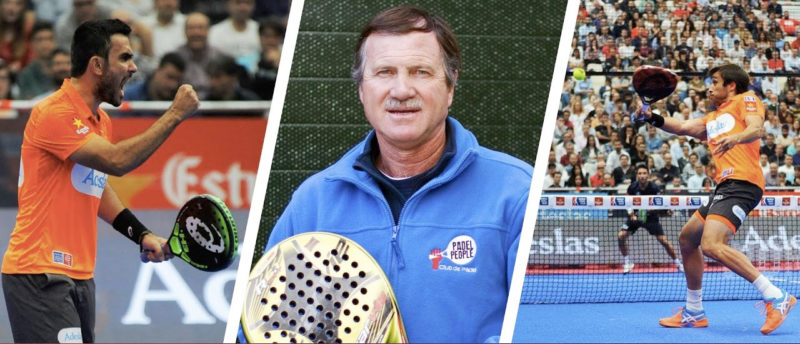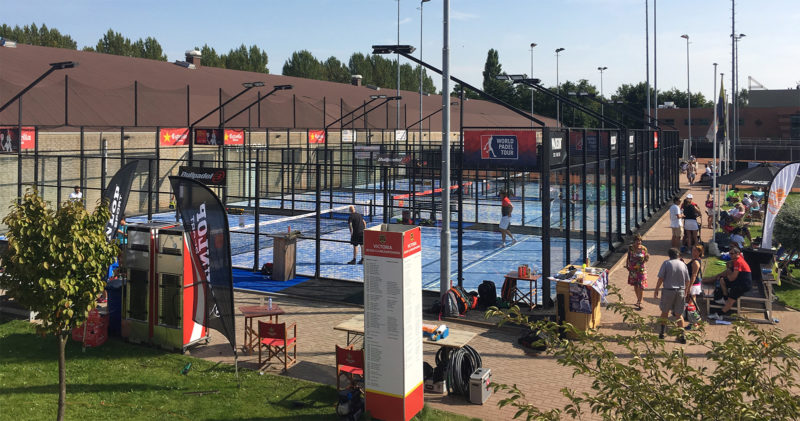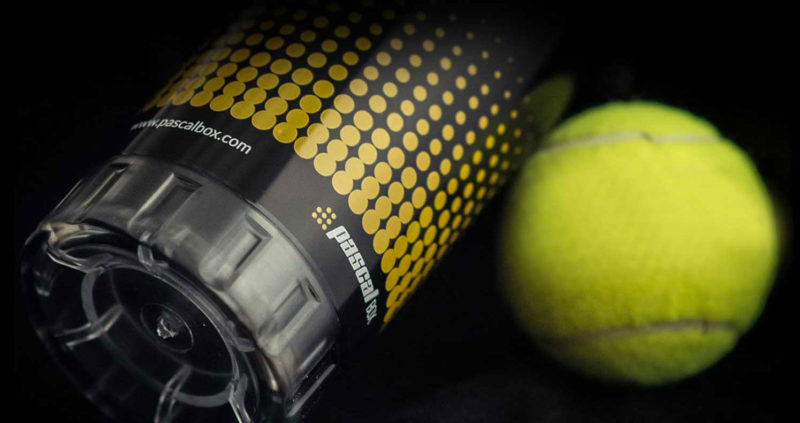
Mental preparation is a big factor in padel matches. Here are some tips to prepare yourself in the best way for your next padel matches.
Use Affirmations and Internal Dialogue
Practice these techniques during training as well as during competitive matches. During the tough moments of a match, encourage yourself with internal Diageo such as “I can do it!”. Don’t allow thoughts such as “My adversary seems to be better than I am” to enter your head. If you serve a bad ball or make a silly mistake in a volley, keep calm and move forward. Select a phrase that you can go back to during tough moments.
Utilize Breathing Routines
Regularly practice full breathing exercises. Before a match it’s very helpful to listen to music that aids in calming you down and breathe deeply. You can also select a visual image to go with this breathing routine. For example, you can imagine yourself returning a ball in spectacular fashion. This will ensure that you enter the match fully focused and confident in your abilities, while at the same time getting rid of debilitating states such as anxiety and stress.
Relax
After tough training sessions practice progressive relaxation to rid your muscles of the tension that naturally builds up. Keep in mind that while playing and training you are also using your brain and that is also a resource that gets depleted, just like your legs. You need to sleep well and enjoy periods of relaxation so that your mental status returns back to the very best before you approach your next training session or match.
Practice Visualisation
The top athletes of any sport make heavy use of visualisation. Basically this consists of visualising yourself playing in a match and going through the motions. Imagine you are serving in a particular way, and how your opponent will return the ball and where you will place the next shot. This will help internalise certain tactics and they will come out naturally during the actual match.
Under this heading we can also put watching top players in their matches. On YouTube you will find the recordings of the finals of the World Padel Tour, and you can also watch them live if you wish. I like to pick a side during matches so that I will feel all the pressure that they would feel if they are on the losing end, and also keep the concentration when they are winning. A very common mistake is that of having different levels of concentration during matches, and watching other matches while making the effort to maintain full concentration of each ball will help you in your own matches.
Consider Your Opponents
Try to obtain as much information about your opponents as possible. You can watch videoclips of them playing, or watch them playing in previous matches of the tournament that you are playing in. If none of those opportunities present themselves, make sure you use the warming up time of your match to observe how your opponent hits the ball and what are his weak and strong shots. Make sure you exchange information with your partner, as he will be warming up in parallel with the other opponent.
Use Video Recordings
Try to record your matches and later analyse them to see what your weaknesses are. Many times we think we are doing something one way, but when we see ourselves on video we realise that our image doesn’t match at all with our actual behaviour. That is a sure indication that something is off and needs correcting. Your coach will also help you in identifying these weaknesses and help you correct them.
Create Your Winning Imagery
Imagine yourself winning the match and how you would behave, and feel the happiness that comes with it. Go into your match with a definite expectation that your visualisation is a future reality, and the rest of the match is just the journey that will take you there.
Create a Pre-Match Routine
Anticipate distractions, prepare for them and minimise them. Familiarise yourself with the court you will be playing at, check out the weather and the sounds. Thirty minutes before the match, make sure you start your routine and enter your zone of maximum focus. Use whatever tools you prefer, such as a breathing exercise, listening to a particular tune, etc.
Hope you will find these tips on mental preparation for padel matches useful. Do you use any other techniques? Let me know!




